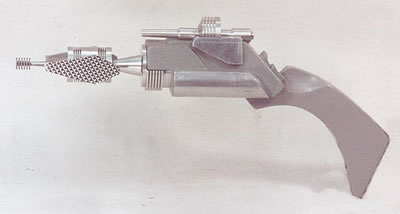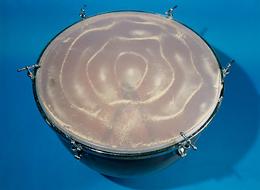PhysOrg | General Physics | 07 Sept 2010
A phonon laser in ultra-cold matter - JT Mendonca et alWhile the optical laser celebrated its 50th anniversary earlier this year, some scientists have been working on a new type of coherent beam amplifier for sound rather than light. Scientists theorize that phonons, which are the smallest discrete unit of vibrational energy, can be amplified by a phonon laser to generate a highly coherent beam of sound (particularly, high-frequency ultrasound), similar to how an optical laser generates a highly coherent beam of light. However, phonon laser research is still a relatively new area. In a new study, scientists have for the first time demonstrated the possibility that phonons can be collectively excited in an ultra-cold atomic gas in a way that is similar to how an optical laser excites photons, prompting the scientists to call the proposed device a "phaser."
The first theoretical phonon laser was proposed one year ago, in 2009, by a team of scientists (Kerry Vahala, et al.) from the Max Planck Insitute and Caltech. In that study, the scientists outlined for the first time how a single magnesium ion can be cooled to a temperature of about 1 milli-Kelvin in an electromagnetic trap, and be used to create a single-ion phonon laser. However, the single-ion phonon laser works somewhat differently than an optical laser, since the phonon frequency is determined by the single-atom oscillation frequency rather than corresponding to a collective oscillation.
In the new study, scientists J. T. Mendonca from the Instituto Superior Tecnico (IST) in Lisbon, Portugal, and colleagues from the IST and Umea University in Umea, Sweden, have extended the concept of the single-ion phonon laser to the case of a large ensemble of atoms. In doing so, they have shown that an ultra-cold atomic gas can enable collective phonon excitations. In contrast with the single-ion case, here the phonon frequency is determined by the internal oscillations of the atoms in the gas, similar to how the photon frequency in a laser is determined by internal vibrations of the optical cavity.
- Europhysics Letters 91 33001 (27 Aug 2010) DOI: 10.1209/0295-5075/91/33001



